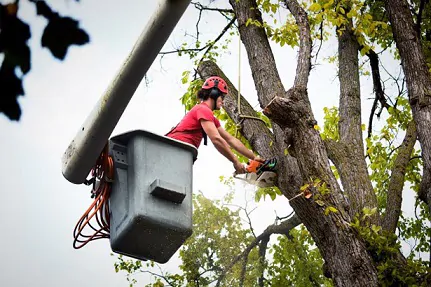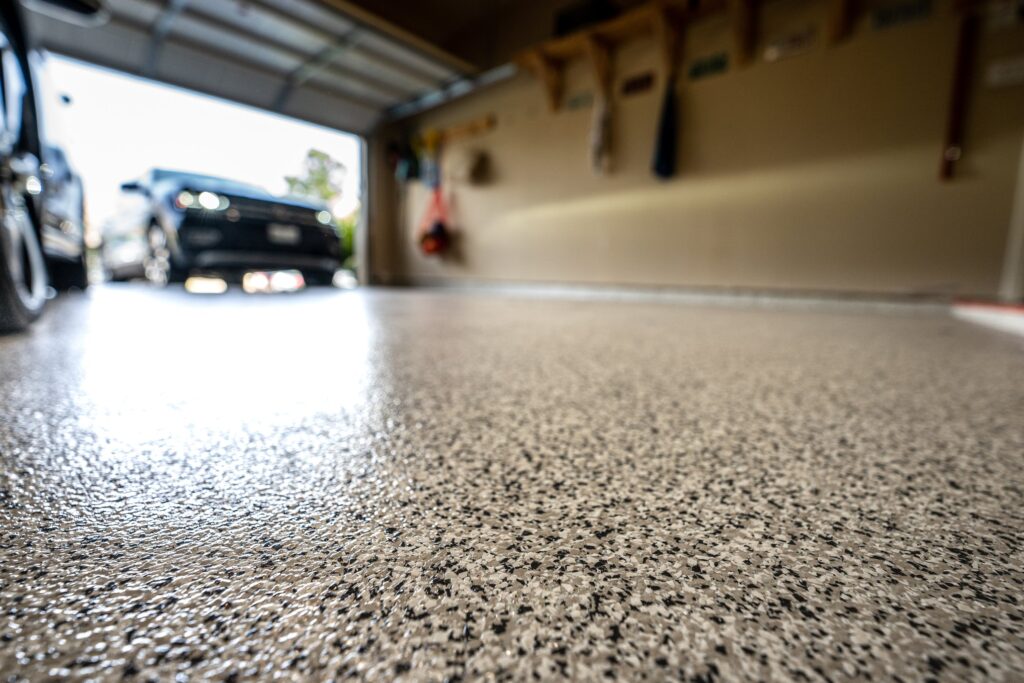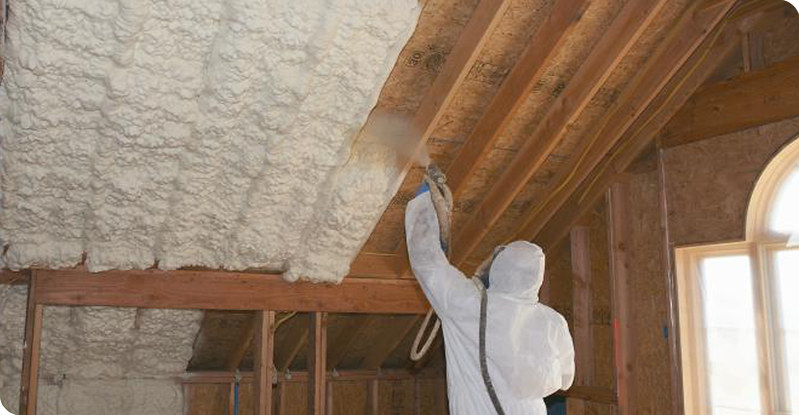Listen up. Your gutters are probably full of junk right now. In Grand Prairie, Texas, that’s asking for trouble. Big trouble. Our crazy weather patterns and sudden downpours make gutter maintenance kinda essential. Not optional.
Most homeowners ignore their gutters until water starts pouring into places it shouldnt. By then its too late and your wallet feels the pain. This checklist will save you thousands in preventable home repairs.
Your Grand Prairie home deserves better than clogged gutters. Let’s fix that problem right now with this no-nonsense maintenance guide. GuttersGrandPrairieTX.com is got you covered.
Why Grand Prairie Texas Homes Need Regular Gutter Maintenance
Your gutters have one job. Move water away from your home. When they fail things get expensive fast.
Grand Prairie gets about 39 inches of rain yearly. That’s thousands of gallons pouring across your roof. Without clean functioning gutters that water seeps into your foundation. Creates perfect breeding grounds for mold. Attracts termites and other pests. Ruins your landscaping.
Most homeowners kinda forget about their gutters until they notice water damage inside. By then repairs cost 10-20 times more than basic maintenance would have.
Neglected gutters destroy homes in Grand Prairie Texas. Not being dramatic just telling you the truth. Ask any local contractor.
The National Association of Home Builders says water damage from poor drainage is among the most expensive home repairs. We’re talking $5,000-$10,000 for foundation issues alone.
Our Texas heat makes everything worse too. Bakes debris into cement-like clumps. Creates the perfect storm when those sudden downpours hit. Your gutters go from slightly dirty to completely overwhelmed in one afternoon.
Seasonal Gutter Maintenance Checklist for Grand Prairie
Different seasons different problems. Let’s break it down by time of year.
Spring Gutter Maintenance Tasks
Spring brings pollen, seeds, and those little helicopter things. They all end up in your gutters making a soggy mess.
Your spring checklist:
- Remove all debris from gutters
- Check for winter damage
- Flush with water to test flow
- Fix any loose hangers or brackets
- Make sure downspouts are clear
Don’t forget about those Oak trees dropping stuff everywhere in April. One good rain and your gutters turn into gutter gardens. Plants literally start growing in there and roots can crack your gutter seams.
Spring maintenance prevents summer disasters. Do it before our first big thunderstorms hit or you’ll regret it.
The Texas A&M AgriLife Extension recommends checking gutters after severe storms too. Their research shows preventative maintenance saves homeowners thousands annually.
Summer Gutter Maintenance in Grand Prairie Texas
Summer heat is brutal on gutters. Makes metal expand and contract. Creates gaps at seams. Dries out sealant.
Things to check in summer:
- Sagging sections
- Cracked or peeling gutter sealant
- Rust spots beginning to form
- Downspouts that shifted during expansion
Our summer storms come outta nowhere. Dump inches of rain in minutes. Your gutters need to handle that sudden volume without backing up.
Birds and critters also love making homes in gutters during summer. Check for nests and remove em before they cause blockages. Nature’s cute until it’s destroying your home
Fall Gutter Maintenance Priorities for Your Home
Fall is when things get real messy. Leaves everywhere. Even if your yard doesn’t have trees, your neighbors’ leaves blow into your gutters. Trust me.
Your fall checklist:
- Complete cleaning before first freeze
- Check downspout connections
- Install gutter guards if you haven’t already
- Secure any loose sections
- Test water flow throughout system
Do this in late November when most leaves have fallen. The City of Grand Prairie recommends clearing drainage systems before winter to prevent ice dams and water backup.
Fall is also perfect for checking your roof condition while you’re up there. Damaged shingles near gutters often create problems that go unnoticed until serious damage happens.
Winter Gutter Checks for Grand Prairie Homes
Yeah we get winter here too. Maybe not snow but definitely freezing temps and occasional ice.
Winter issues to watch for:
- Ice dams forming in gutters
- Detached sections from ice weight
- Cracks from freeze-thaw cycles
- Downspouts blocked by debris or ice
Winter damage often goes unnoticed til spring. By then simple repairs become major expenses. Just walk around your house after each freeze or rain event. Look for proper drainage and any overflow spots.
Tools You’ll Need for DIY Gutter Maintenance
Don’t try this with just your hands. You need proper tools or you’ll do a half-assed job that’ll cost you later.
Essential tools:
- Sturdy extension ladder (with standoffs)
- Thick work gloves
- Plastic gutter scoop
- Garden hose with spray nozzle
- Bucket for debris
- Safety glasses
Safety first always. According to the American Academy of Orthopedic Surgeons, ladder falls cause over 500,000 injuries yearly. Don’t be that statistic.
For two-story homes consider a gutter cleaning wand attachment for your hose. Keeps you on solid ground. Way safer than wobbling on a ladder twenty feet up.
If heights make you nervous just hire someone. Seriously. No shame in that. Your safety matters more than saving a few bucks.
Signs Your Grand Prairie Home Needs Immediate Gutter Attention
Some problems cant wait for your next scheduled maintenance. Watch for these red flags:
- Water spilling over gutters during rain
- Sagging or pulling away from roofline
- Plants growing in gutters (happens more than you’d think)
- Water stains on siding
- Eroded soil beneath gutters
- Basement or foundation dampness after rain
The worst sign? Water in your basement or crawlspace. Means your gutters are completely failing at their main job – directing water away from your foundation.
The U.S. Department of Energy confirms that proper drainage systems including gutters are essential for home moisture control and energy efficiency.
Don’t ignore these warning signs. They never fix themselves. They just get worse and more expensive.
Professional Gutter Services in Grand Prairie Texas
Sometimes DIY isn’t the answer. For homes with complex rooflines or multiple stories, professional services make sense.
What pros offer that you probably cant:
- Complete inspection of hard-to-reach areas
- Sealing of leaky seams and joints
- Proper adjustment of pitch and slope
- Secure reattachment of loose sections
- Downspout unclogging with specialized equipment
Most Grand Prairie homeowners need gutter cleaning twice yearly minimum. Costs range from $125-$225 depending on house size. Worth every penny when you consider potential water damage costs.
When hiring, make sure they’re insured. Gutter cleaning involves height and risk. You don’t want liability if someone falls off your roof. Just dont.
Ask for before and after photos too. Good contractors document their work especially areas you can’t easily see from the ground.
Gutter Maintenance Tips Specific to Grand Prairie Weather
Our weather here is… special. Grand Prairie gets everything from hailstorms to drought to tornadoes. Your gutter maintenance should address these local conditions.
During tornado season check gutters after severe weather. Even if the tornado wasn’t close the winds associated with these systems can dislodge shingles and fill gutters with debris.
For summer heat waves look for expanding seams. Metal gutters grow slightly in extreme heat. This can create gaps where water leaks through during the next rain.
Hail destroys gutters in Grand Prairie Texas. Even small hail can dent aluminum gutters creating low spots where water collects instead of flowing to downspouts.
The National Weather Service reports Grand Prairie experiences several severe thunderstorms annually. These can drop inches of rain in minutes. Your gutters need to handle this sudden volume.
For homes near wooded areas like Fish Creek or Mountain Creek Lake install gutter guards. They’re worth the investment keep out leaves twigs and cottonwood fluff that flies around in spring.
DIY vs Professional Gutter Maintenance
Let’s be honest about your abilities. Some homeowners should never climb ladders. Others have the skills and equipment to handle basic maintenance.
DIY makes sense when:
- Your home is single-story
- You have proper safety equipment
- You’re physically capable
- Your gutters need basic cleaning only
Call professionals when:
- Your home is taller than one story
- You notice structural issues
- Gutters need realignment or major repair
- You have health or mobility issues
Remember this hospital bills from falls cost way more than hiring professionals. About 165,000 Americans visit emergency rooms yearly from ladder-related injuries according to the Consumer Product Safety Commission.
Your gutters need maintenance regardless of who does it. The question is just who’s handling the work.
Common Gutter Problems in Grand Prairie Texas Homes
Certain issues show up all the time in our area. Knowing them helps catch problems early.
Clogged downspouts happen constantly. Our sudden downpours wash everything into gutters at once. Then it all tries going down that narrow pipe. Regular cleaning prevents this.
Improperly pitched gutters can’t drain properly. Should slope about 1/4 inch per 10 feet toward downspouts. Many Grand Prairie homes lose proper pitch over time as fasteners loosen.
Disconnected downspouts cause huge problems. They dump water right next to your foundation. Each inch of rain on a 1,500 square foot roof generates nearly 1,000 gallons of runoff. Thats a lot of water in the wrong place.
Fascia board rot is common too. When gutters leak against the house for months wood starts rotting. Expensive to fix. Totally preventable with maintenance.
Long-Term Gutter Protection for Grand Prairie Homes
Think beyond cleaning. Consider upgrades that reduce maintenance needs.
Quality gutter guards cost money upfront but save time and risk later. Seem expensive until you factor in cleaning costs over 5-10 years. Then they start making financial sense.
Seamless gutters reduce leak points. Standard sectional gutters have joints every 10 feet. Each joint is a potential leak. Seamless systems eliminate most of these weak points.
Oversized downspouts handle Grand Prairie’s intense rainstorms better. Upgrading from standard to oversized increases capacity dramatically. Worth considering if your gutters overflow during heavy rain despite being clean.
For older homes consider complete gutter replacement every 15-20 years. Materials degrade. Designs improve. Sometimes starting fresh makes more sense than patching an aging system.
Seasonal Gutter Maintenance Schedule for Grand Prairie
Let’s get specific about timing. Mark these on your calendar:
Early March: First spring cleaning after winter
Late May: Pre-summer inspection before storm season
Early September: Check for summer damage
Late November: Major fall cleaning after leaves drop
Four times yearly seems like a lot but each check might only take 30 minutes if you stay on schedule. Way better than spending thousands on water damage repairs.
Cleaning frequency depends on your property. Homes with lots of trees need more attention. If your property is mostly clear you might get by with twice yearly maintenance.
Protecting Your Investment Through Proper Gutter Maintenance
Let’s wrap this up. Your gutters in Grand Prairie Texas need attention. Regular maintenance. Seasonal checks. Prompt repairs.
The investment is small compared to what you’re protecting. Your foundation alone would cost thousands to repair if damaged by improper drainage.
Start with seasonal cleanings. Spring and fall at minimum. Add inspections after severe weather events.
If you’ve been neglecting your gutters start now. Today. The longer you wait the more likely you’ll face expensive repairs.
Remember in Grand Prairie’s climate functional gutters aren’t optional. They’re essential protection for your biggest investment. Your home deserves that protection.
Take action this week. Either get your ladder out or call a professional. Your gutters need attention before the next big storm hits. And in Grand Prairie Texas, that storm is always coming sooner than you think.





